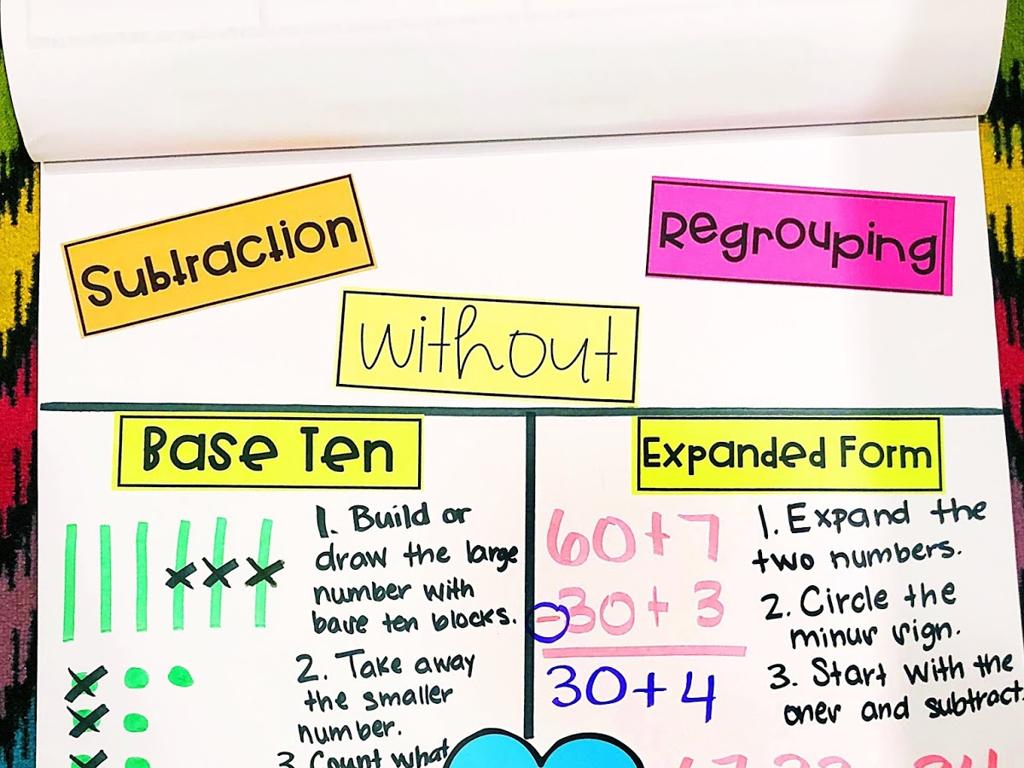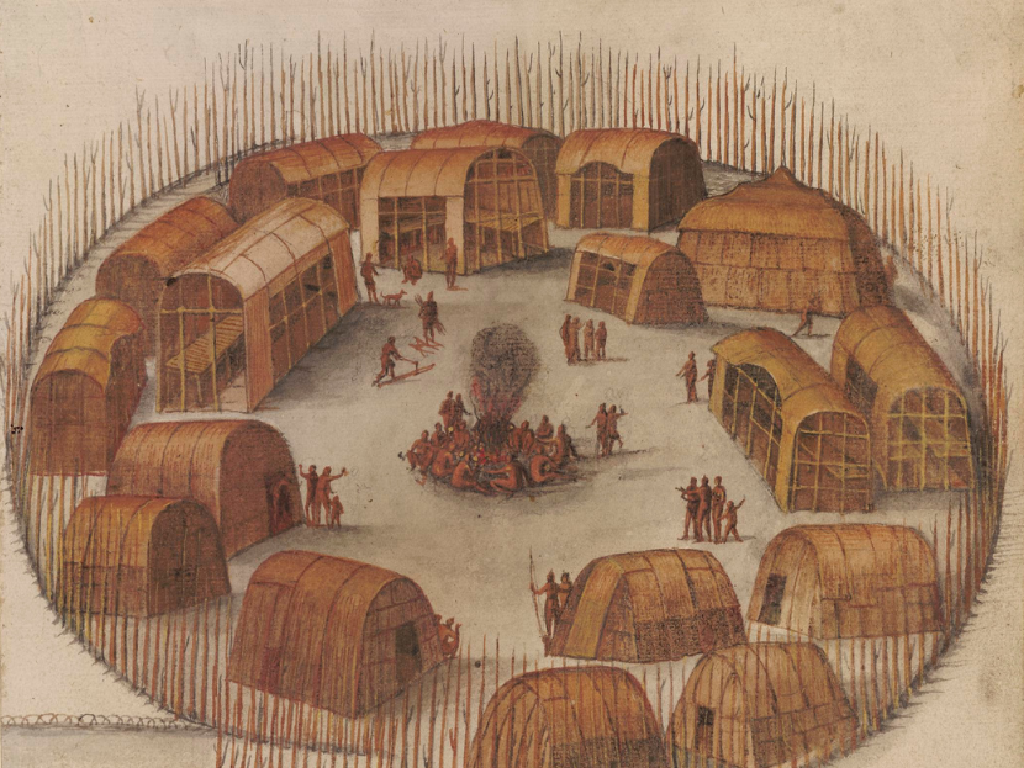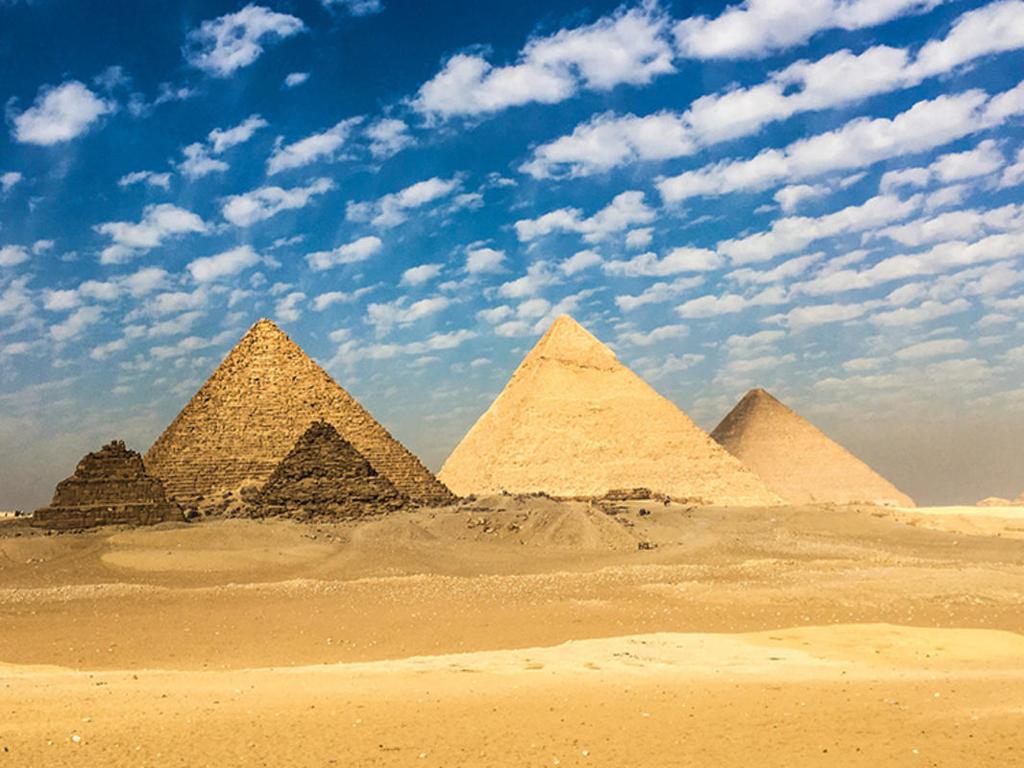Convert Mixed Customary Units
Subject: Math
Grade: Fourth grade
Topic: Customary Units Of Measurement
Please LOG IN to download the presentation. Access is available to registered users only.
View More Content
Understanding Customary Units of Measurement
– What are customary units?
– Customary units include inches, feet, yards, and miles.
– Importance of measuring
– Measuring helps us in cooking, building, and buying.
– Everyday measurement examples
– How many inches in a foot? How many feet in a yard?
– Converting mixed units
– Learn to switch between units like feet to inches.
|
This slide introduces students to the concept of customary units of measurement, which are primarily used in the United States. Start by explaining what customary units are and the common units of length, such as inches, feet, yards, and miles. Discuss why measurement is essential in everyday life, such as in cooking recipes, construction, and purchasing items that are sold by length. Provide relatable examples, like measuring the height of a plant or the length of a room, to make the concept more tangible. Finally, touch on the importance of being able to convert between these units, for instance, knowing how many inches are in a foot or feet in a yard, which will be crucial for solving real-world problems. The goal is to ensure students understand the relevance of measurement and feel comfortable with the idea of converting between different units.
Understanding Customary Units
– What are customary units?
– They’re the measurement system used in the U.S.
– Common units we use
– Inches, feet, yards, miles, and more for various measurements
– Real-life objects & units
– A pencil is about 7 inches long, a football field is 100 yards
– Practice with examples
– Convert 3 feet into inches or 2 gallons into quarts
|
This slide introduces students to the concept of customary units, which are the standard units of measurement in the United States. It’s important to familiarize students with the most common units for length, weight, and volume. Use relatable objects to help them visualize the units; for example, a pencil can represent inches, while a football field can represent yards. Encourage students to bring in examples of objects and their associated customary units. For homework, ask them to measure items at home and report back. This will help them understand the practical application of these measurements in everyday life.
Understanding Mixed Units
– Mixed units combine measures
– Examples: feet and inches
– Like 5 feet 2 inches or 3 yards 1 foot
– Examples: pounds and ounces
– Such as 6 pounds 3 ounces or 2 tons 15 pounds
– Utility of mixed units
– They help describe objects more precisely
|
This slide introduces the concept of mixed units, which are commonly used in everyday life. Mixed units are combinations of two different units of measure, such as feet and inches or pounds and ounces. They allow for more precise measurements, especially when one unit is not enough to accurately describe the size or weight of an object. For example, a person’s height is better described with feet and inches rather than just inches. Similarly, the weight of a newborn might be best expressed in pounds and ounces. Encourage students to think of situations where they have encountered mixed units and discuss why they are useful. Provide practice problems where students convert between mixed units and single units to solidify their understanding.
Converting Mixed Customary Units
– Convert larger to smaller units
– Multiply to break down into smaller units, like feet to inches
– Convert smaller to larger units
– Divide to combine into larger units, such as ounces to pounds
– Learn conversion factors
– Factors like 12 inches in 1 foot, 16 ounces in 1 pound
– Practice with length, weight, volume
– Use rulers for length, scales for weight, and measuring cups for volume
|
This slide introduces students to the concept of converting between different customary units of measurement. Start by explaining that larger units can be converted into smaller units by multiplication, and smaller units into larger by division. Provide the conversion factors for length (12 inches = 1 foot), weight (16 ounces = 1 pound), and volume (8 ounces = 1 cup) and ensure students understand how to use them. Engage the class with hands-on practice using rulers, scales, and measuring cups to reinforce these concepts. Encourage students to ask questions and work through examples together.
Conversion Practice: Mixed Customary Units
– Convert feet and inches to inches
– How many inches are in 2 feet 5 inches?
– Convert pounds and ounces to ounces
– How many ounces are in 7 pounds 8 ounces?
– Practice with example conversions
– Understand mixed unit conversion
|
This slide is aimed at providing students with practical examples to apply their knowledge of converting mixed customary units. Start by explaining that there are 12 inches in a foot and 16 ounces in a pound. Then, guide the students through the process of converting 2 feet 5 inches into all inches by multiplying the number of feet by 12 and then adding the remaining inches. Similarly, for converting 7 pounds 8 ounces to all ounces, multiply the number of pounds by 16 and add the remaining ounces. Encourage the students to solve these problems on their own and then discuss the answers as a class. This exercise will help solidify their understanding of mixed unit conversions in a real-world context.
Real-World Application: Cooking with Units
– Importance of unit conversion
– Helps in following recipes correctly and managing portions.
– Converting cups to tablespoons
– 1 cup equals 16 tablespoons. How can we change 2 cups and 3 tablespoons to just tablespoons?
– Accurate measurements in recipes
– Precise amounts are crucial for taste and texture.
– Effect on recipe outcomes
|
This slide aims to show students the practical importance of converting mixed customary units, especially in cooking. Explain that accurate measurements are essential for recipes to turn out as intended. Use an example of converting cups to tablespoons to illustrate how to combine different units into a single unit for simplicity. Emphasize that even small deviations in measurements can significantly affect the taste, texture, and appearance of food. Encourage students to think of times they or their family members have cooked or baked and to consider how careful they were with measuring ingredients.
Class Activity: Measurement Scavenger Hunt
– Find classroom items to measure
– Record measurements in mixed units
– Work in pairs for unit conversion
– Convert larger units to smaller ones, like feet to inches
– Share conversion results with class
|
This interactive activity encourages students to apply their knowledge of converting mixed customary units in a fun and engaging way. Have students find various items in the classroom, such as a bookshelf or a desk, and measure them using a ruler or tape measure. They should write these measurements down, using mixed units like feet and inches. Then, in pairs, students will work together to convert these measurements into just one unit, practicing their conversion skills. Finally, each pair will share their original measurements and their converted measurements with the class, allowing for discussion and reinforcement of the concept. Prepare a list of 4-5 different measurement conversion tasks for each pair, ensuring that each student gets a chance to practice with different units.
Conclusion & Homework: Mastering Unit Conversions
– Recap: Converting mixed units
– Practice is key to mastery
– Homework: Unit conversion exercise
– Convert provided mixed units to single units, e.g., 3 ft 4 in to total inches
– Bring questions to next class
|
As we wrap up today’s lesson, it’s crucial to emphasize the importance of practice in mastering the skill of converting mixed customary units. The homework assignment involves converting a list of mixed units to single units, reinforcing today’s learning. Encourage students to approach the homework with a positive mindset, understanding that practice will help solidify their grasp of the concept. Remind them to bring any questions they have to the next class for clarification. Provide examples on the board of how to convert mixed units to single units, such as turning feet and inches into just inches or gallons and quarts into just pints, to ensure they have a reference point when completing their homework.






